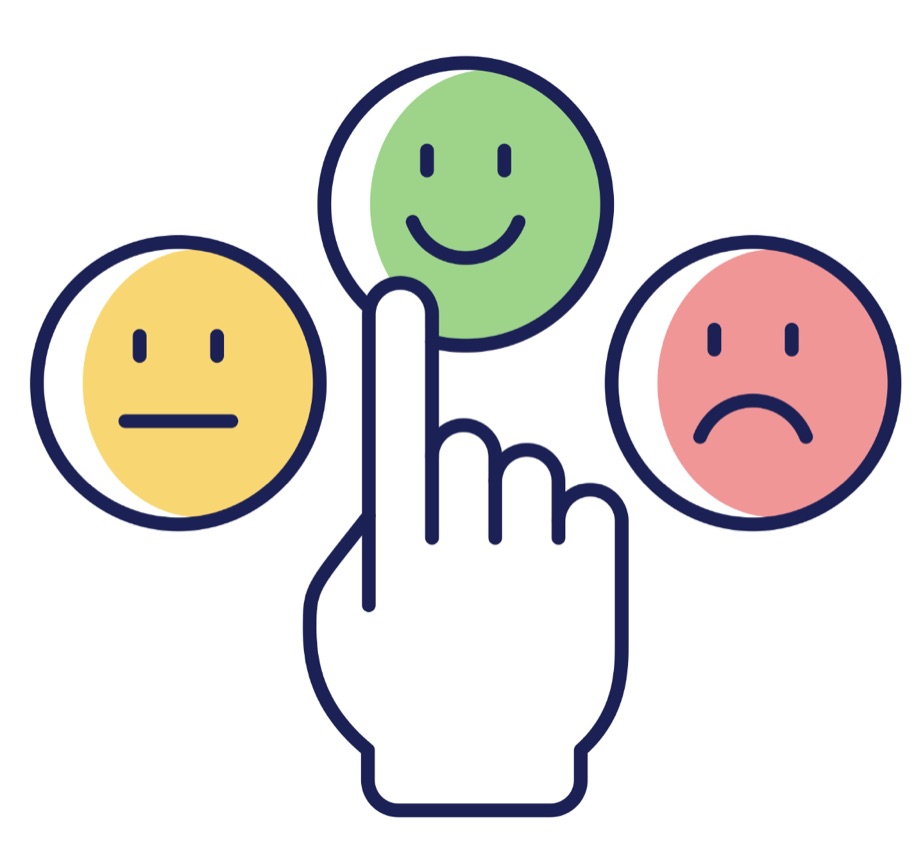Very simply, emotional regulation is a person’s ability to exert control over his or her emotions. While it is generally recognized that emotions themselves are involuntary reactions to thoughts or situations, responses can be managed to lessen the intensity and duration in practice.
Tips to improve emotional regulation:
- Take a Pause
Taking a breath once an emotion is observed can allow enough space to begin healthy processing. The act of taking a pause and a breath allows the decision center of the brain to come back online where more beneficial choices can be made about how to proceed in a favorably calm and emotionally healthy manner.
- Practice Emotional Awareness and Mindfulness
Mindfulness is the act of living in the present moment without judgments. Observing sensations, situations, and feelings from this place allows a person to enter a state of equanimity or mental calm.
As mindful awareness is the first step in practicing emotional regulation, emotional intelligence is a key player in this skill. Those who have keen emotional intelligence and awareness are able to recognize:
- When certain emotions arise
- Where the emotion seems to be “sitting” within the body. Is it in the stomach, in the heart, or in the throat?
- The “shape” of the emotion- is it liquid feeling, sharp, round?
- Physiological sensations brought about with the accompanying emotion: racing heart, queasy stomach, or tension in neck and shoulders.
Observing these emotions and sensations creates presence and immersion without impulsivity.
- Label what you feel
Labeling emotions helps identify what is being felt at the moment and gives greater emotional awareness, literacy and potential information on how to respond and react.
UCLA’s Matthew Lieberman refers to naming emotions as “affect labeling”. Brain scans show that labeling decreases activity in the amygdala, the fear center of the brain. Assigning a name to a feeling permits more engagement in the thinking, reasoning center of the brain, which allows greater control over response and problem solving.
Through labeling emotions, choosing the appropriate action becomes potentially more accessible. For example, if there is a situation where your spouse has made a mistake that results in financially severe repercussions, you may be tempted to lash out with anger and frustration. If you also identify and label that you are additionally feeling “fear” in regards to what will happen in the future, you may express this to your partner and work to employ their help in correcting the problem proactively in order to address this fear.
- Validate and accept emotions
Accepting and validating emotions is an essential step in emotional regulation. Pushing away, numbing, or invalidating these messengers can potentially create mistrust within ourselves, contribute to further psychological issues, and inspire the unwanted emotion to come back potentially stronger.
Accepting emotions allows their existence without the unnecessary additional feelings of shame or judgment.
- Practice Self-compassion
According to author Kristin Neff, self-compassion is a mentally healthy way of speaking to and sympathizing with one’s self that involves self-kindness over self-judgment while acknowledging the presence of suffering and its role in humanity. Recognizing emotions as valuable and necessary allows the practice of self-compassion and the ability to see the human within the situation.
Practicing unconditional regard for one’s self allows emotions to soften, calming the fear centers of the brain. Positive decision-making practices can occur from this newly regulated spot.
- Practice cognitive reprisal
Cognitive reprisal is the act of analyzing and taking stock of thoughts in troubling situations. Through this process, one may observe the accuracy and logic of thoughts to determine if further evidence is needed before forming a response.
According to Rick Hanson, PhD, humans are hard-wired to notice unfavorable circumstances more than positive ones. This is our innate negativity bias that still exists from early humans’ hunter-gather days millions of years ago. Brains are hard-wired to notice potential danger in surroundings and to filter out unnecessary information to perform more efficiently while promoting safety.
Recognizing the negativity bias tendency gives further insight and awareness to how mental states may be potentially tipped in this direction and may allow an opportunity to move towards further equanimity of emotions.
As recognized in psychology, cognitive distortions are manifestations of a negativity bias. These are exaggerated patterns of thinking that are often not based on fact and change our view and response to a situation. Identifying common cognitive distortions such as labeling, all-or-nothing thinking, disqualifying the positive, catastrophizing, jumping to conclusions, and black and white thinking allows one to see how a thought could be warped and may influence a negative reaction. Becoming aware of and labeling cognitive distortions gives an opportunity to recognize and reframe negative emotions, creating more control over them in the future.
- Receive Treatment
Processing and responding to painful emotions is a skill that can be learned over time and requires self-awareness or feedback. Particularly difficult mental states and situations can cause awareness to waver; self-regulation cannot always feel easily available in this instance. Talking to a trusted mental health practitioner can help to deepen the awareness needed to inform emotional regulation. If you are having a challenging time with self-regulation, Accelerated Resolution Therapy (ART) is a powerfully effective option for reprogramming distressing memories by changing responses to painful memories and triggers. Find an ART therapist near you.

